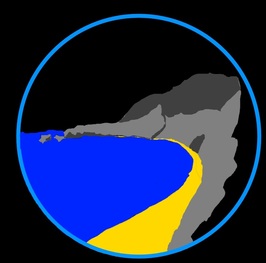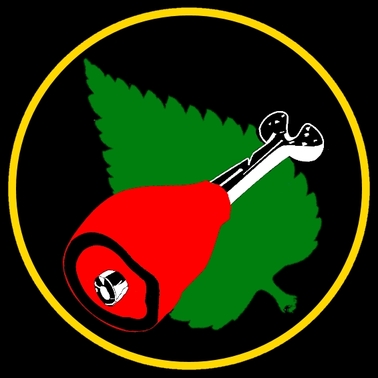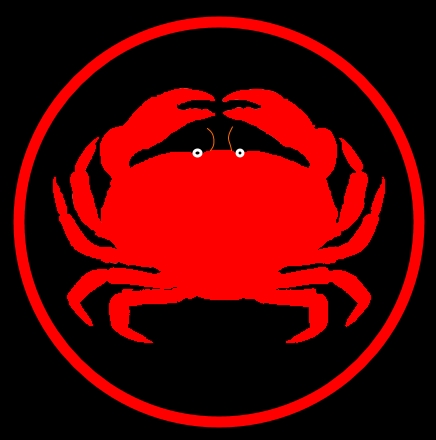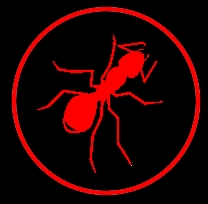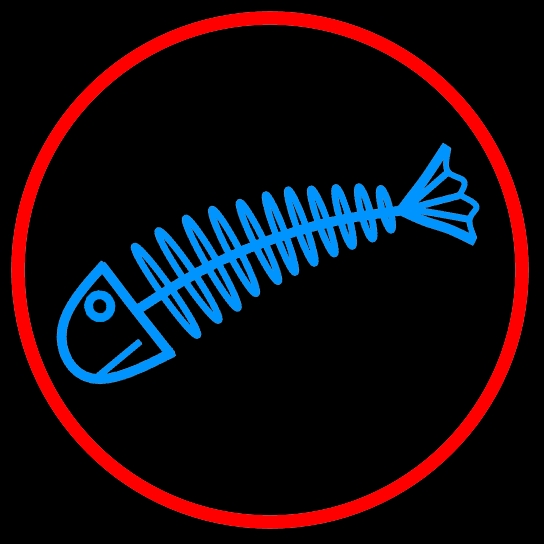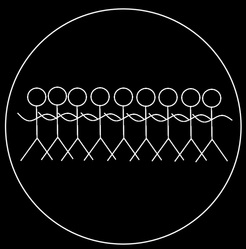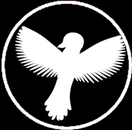American Flamingo
American flamingo (Phoenicopterus ruber); Greater flamingo (Phoenicopterus roseus).
The specimen in our museum is labelled as a Greater flamingo but with the latin name P. ruber. Both species are called Greater flamingos but Ornithologists recently proposed changing P. rubers common name to American flamingo to avoid confusion between these two evolutionary distinct species. However, not everyone has accepted the change.
The specimen in our museum is labelled as a Greater flamingo but with the latin name P. ruber. Both species are called Greater flamingos but Ornithologists recently proposed changing P. rubers common name to American flamingo to avoid confusion between these two evolutionary distinct species. However, not everyone has accepted the change.
Where is it found?
Coastal lagoons and estuaries
Diet and foraging method
Key adaptations
Their specialised bill is unique within birds and allows Flamingos to filter food out of mud.
Flamingo's long legs allow them to wade around in lagoons and mudflats without getting their feathers covered in too much mud.
Their long necks allow them to reach food underwater while standing up, eliminating the need for Flamingos to get their whole body wet and muddy by submerging themselves.
Flamingo's long legs allow them to wade around in lagoons and mudflats without getting their feathers covered in too much mud.
Their long necks allow them to reach food underwater while standing up, eliminating the need for Flamingos to get their whole body wet and muddy by submerging themselves.
Social organisation and mating system
Huge colonies
Flamingos pair up within the colony for breeding
Flamingos breed better in larger groups. Males court females by performing extravagant group dances and the larger these groups are the more impressive females find it and the greater chance she will pair up with one of the males. Scientists use mirrors to fool flamingos into thinking their colony is bigger to increase breeding success; a trick now used for breeding captive flamingo populations worldwide.
Did you know that...?
Flamingos get their vivid pink colour from eating shrimp! Carotenoid pigments in shrimps provide Flamingos with this amazing colour and carotenoids also make carrots orange.
Taxonomy
Picture credits:
Maps from: http://species.mol.org/species/
"Phoenicopterus ruber Bonaire 1" by Paul Asman and Jill Lenoble - American flamingo Phoenicopterus ruber. Licenced under CC BY 2.0 via Wikimedia Commons - https://commons.wikimedia.org/wiki/File:Phoenicopterus_ruber_Bonaire_1.jpg#/media/File:Phoenicopterus_ruber_Bonaire_1.jpg
"American Flamingo - Flamenco (Phoenicopterus ruber) (13906570385)" by Fernando Flores from Caracas, Venezuela - American Flamingo | Flamenco (Phoenicopterus ruber). Licenced under CC BY-SA 2.0 via Wikimedia Commons - https://commons.wikimedia.org/wiki/File:American_Flamingo_-_Flamenco_(Phoenicopterus_ruber)_(13906570385).jpg#/media/File:American_Flamingo_-_Flamenco_(Phoenicopterus_ruber)_(13906570385).jpg
"Celestun Flamingo 2" by Elelicht - Own work. Licensed under CC BY-SA 3.0 via Wikimedia Commons - https://commons.wikimedia.org/wiki/File:Celestun_Flamingo_2.JPG#/media/File:Celestun_Flamingo_2.JPG
"431 American Flamingo" by John James Audubon - University of Pittsburgh. Licensed under Public Domain via Wikimedia Commons - https://commons.wikimedia.org/wiki/File:431_American_Flamingo.jpg#/media/File:431_American_Flamingo.jpg
"Phoenicopterus ruber Bonaire 1" by Paul Asman and Jill Lenoble - American flamingo Phoenicopterus ruber. Licenced under CC BY 2.0 via Wikimedia Commons - https://commons.wikimedia.org/wiki/File:Phoenicopterus_ruber_Bonaire_1.jpg#/media/File:Phoenicopterus_ruber_Bonaire_1.jpg
"American Flamingo - Flamenco (Phoenicopterus ruber) (13906570385)" by Fernando Flores from Caracas, Venezuela - American Flamingo | Flamenco (Phoenicopterus ruber). Licenced under CC BY-SA 2.0 via Wikimedia Commons - https://commons.wikimedia.org/wiki/File:American_Flamingo_-_Flamenco_(Phoenicopterus_ruber)_(13906570385).jpg#/media/File:American_Flamingo_-_Flamenco_(Phoenicopterus_ruber)_(13906570385).jpg
"Celestun Flamingo 2" by Elelicht - Own work. Licensed under CC BY-SA 3.0 via Wikimedia Commons - https://commons.wikimedia.org/wiki/File:Celestun_Flamingo_2.JPG#/media/File:Celestun_Flamingo_2.JPG
"431 American Flamingo" by John James Audubon - University of Pittsburgh. Licensed under Public Domain via Wikimedia Commons - https://commons.wikimedia.org/wiki/File:431_American_Flamingo.jpg#/media/File:431_American_Flamingo.jpg

